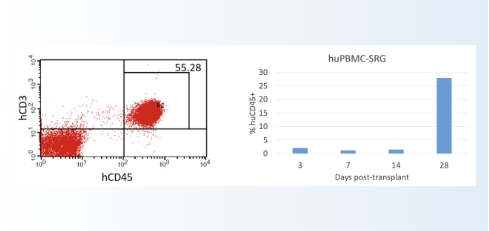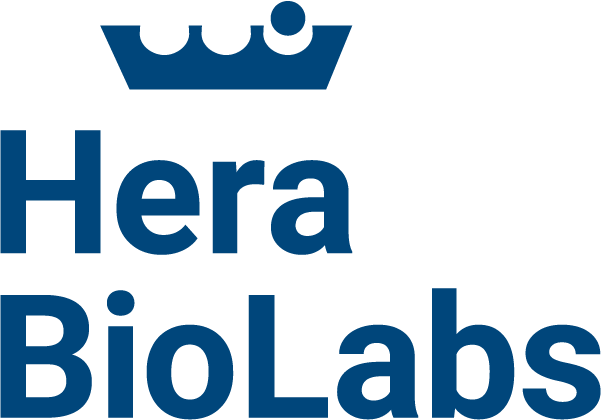The SRG RAT® Displays More Human Tumor Characteristics and Interactions versus the NSG Mouse: Implications for Safety and Efficacy Testing
Read More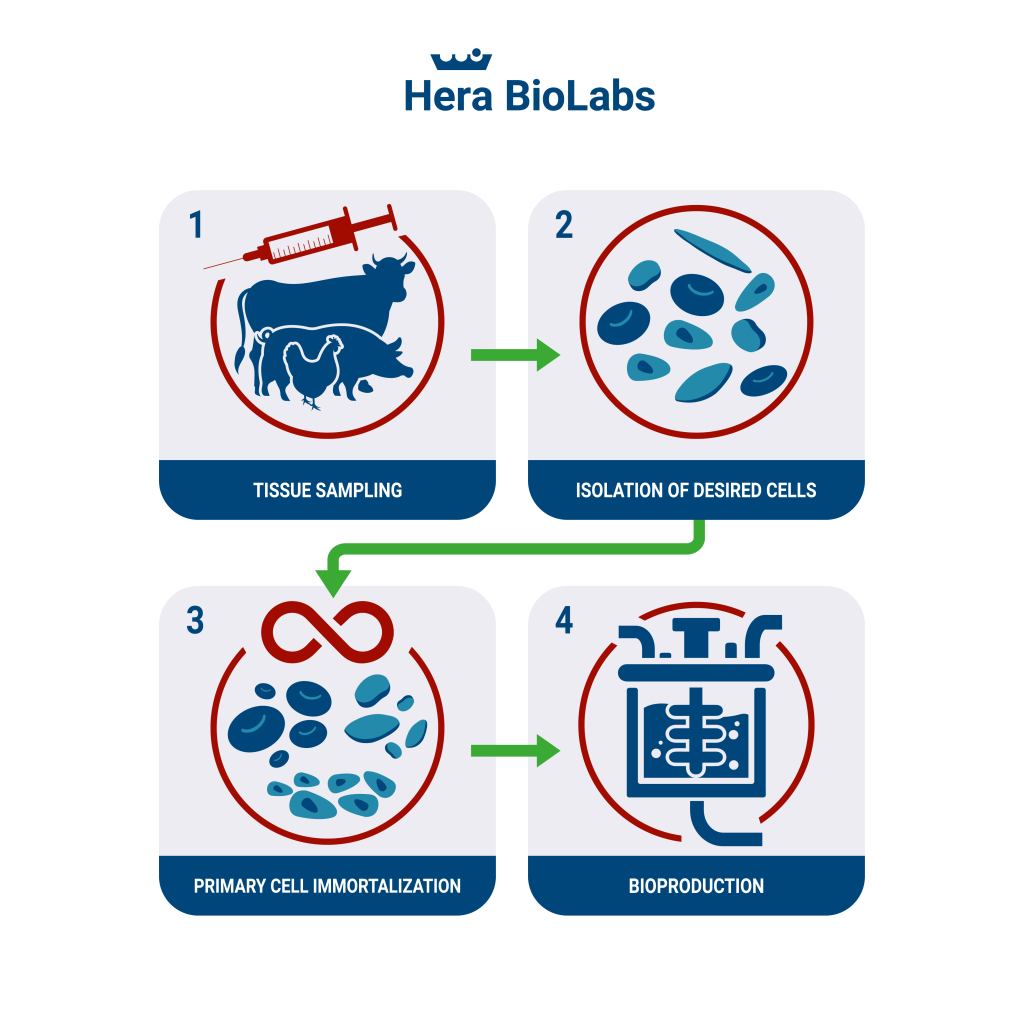
Genetically Immortalized Cells: Unlocking the Potential for Scalable Cultured Meat Production
Immortalized cells for cultured meat and seafood cell line engineering can be achieved with the piggyBac transposon technology.
Read More
How the piggyBac® Transposon Sheds Light on Breast Cancer Drug Resistance
A new study has harnessed the power of the piggyBac transposon gene editing system to unravel key resistance mechanisms and propose a novel therapeutic strategy for breast cancer.
Read More
The MCF-7 Breast Cancer Model: A Definitive Guide
The Hera Biolabs Guide to the MCF-7 Breast Cancer Model - history, ongoing applications, and its future relevance to oncology studies.
Read More
Advantages of Utilizing the SRG rat for Investigating Tumor Metastasis
A Fred Hutch research team employed SRG rats as a model organism to improve the detection of dissemination events. Through this approach, they identified a significant increase in the abundance of circulating tumor cells (CTCs).
Read More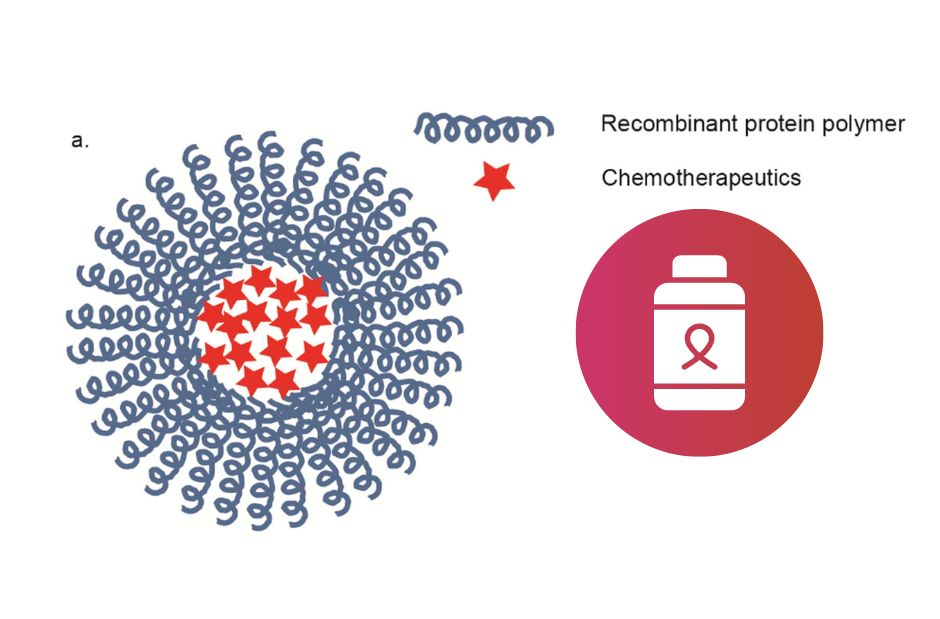
Addressing the limitations of chemotherapeutic drug delivery with engineered protein polymers
The standard care of treatment for many types of cancer and infectious diseases around the world is currently chemotherapy. However, chemotherapies are widely known to be linked to severe toxicity and resistance that develop mostly due to non-specificity, leading to overall disease progression.
Read More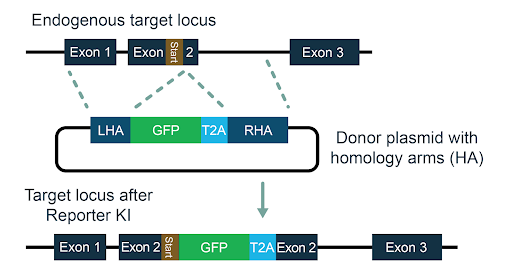
Cas-CLOVER achieves targeted knock-ins in induced pluripotent stem cell lines
Our better than CRISPR dimeric genome editing mechanism shines in this cell line genetic engineering use case.
Read More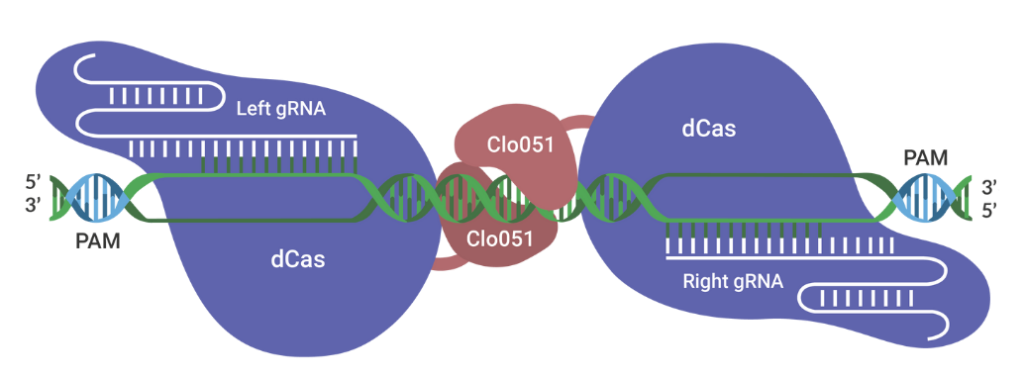
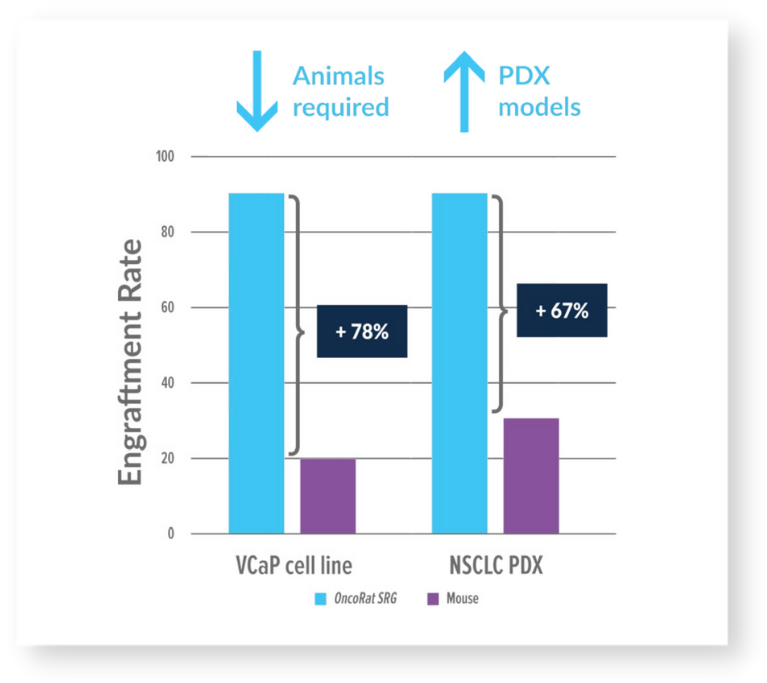
OncoRat SRG – Outperforming The Mouse For Xenografts
Data indicating that the OncoRat® is more effective in xenograft studies compared to leading mouse models.
Read More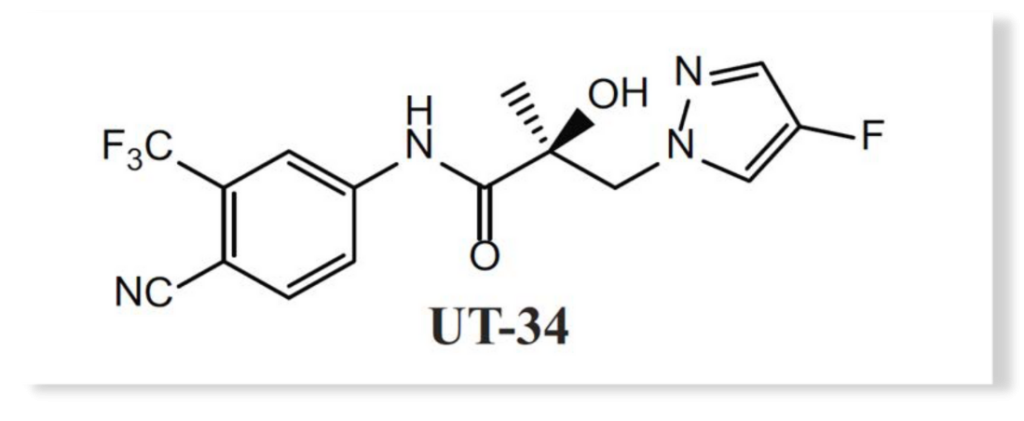
Improving Preclinical Anticancer Studies Using Rat Xenograft Model Systems
A case study showing that preclinical anticacancer studies can be vastly improved by using rats for xenografts.
Read More
SRG OncoRat , A SCID Model Ideal For Human Xenografts
A case study showing that preclinical anticacancer studies can be vastly improved by using rats for xenografts.
Read More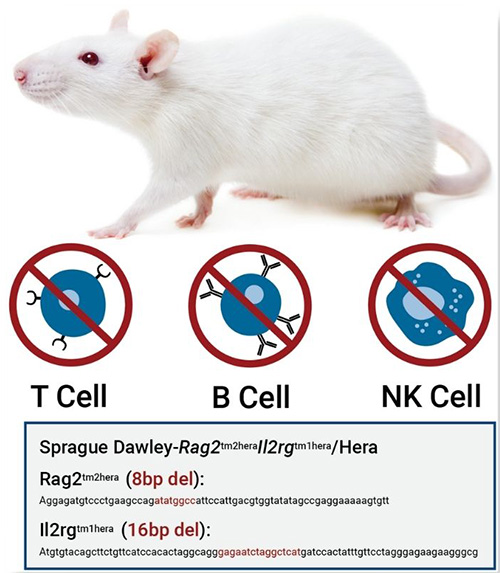
SRG OncoRat , a SCID Model Ideal for Human Xenografts
Pre-clinical testing of oncology drugs can be costly and less effective. Read our datasheet and discover how oncology drug developers can benefit from our Hera SRG OncoRat.
Read More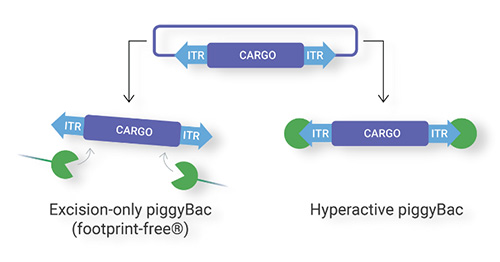
Stable Cell Line Development with piggyBac
Achieve stable cell line development with piggyBac. Read our datasheet to learn more about this gene editing technology for therapeutics development. Reach out to us on how to start accelerate your research.
Read More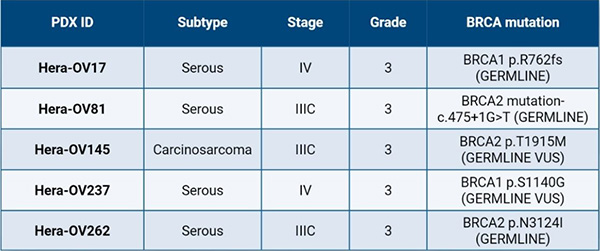
Ovarian Cancer Studies in the SRG OncoRat
Read our datasheet and learn how our Hera SRG OncoRat® is preferred for ovarian cancer PDX studies. Reach out to us on how to incorporate in your research.
Read More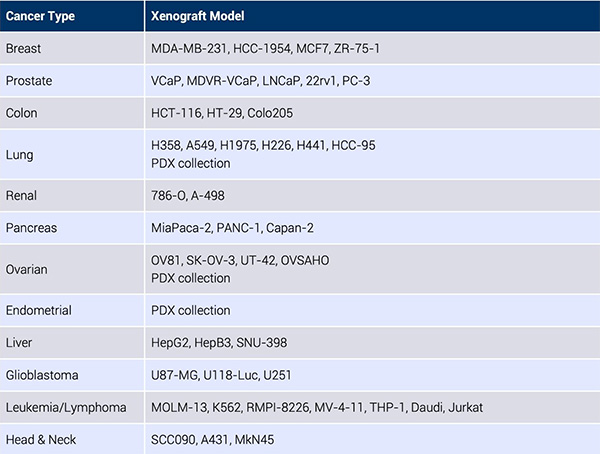
Discovery To Efficacy With The Experts: Pre-clinical CRO Services At Hera BioLabs
Hera provides drug efficacy studies in a variety of in vivo models, including multiple immunodeficient mouse strains and our SRG OncoRat®. Contact us to learn more.
Read More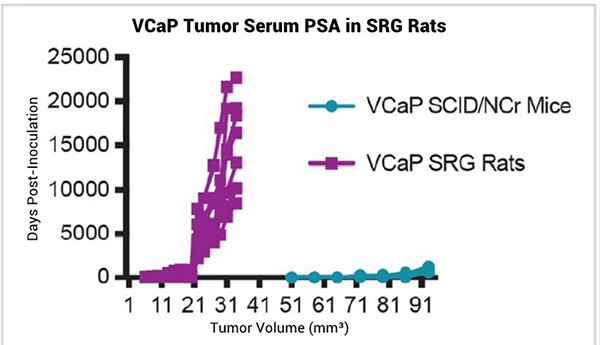
Prostate Cancer Studies in the SRG OncoRat
Learn about our SRG rat for oncology, how our this OncoRat aids prostate cancer studies, as well as services at Hera with PDX and standard of care options. Contact us to learn more.
Read More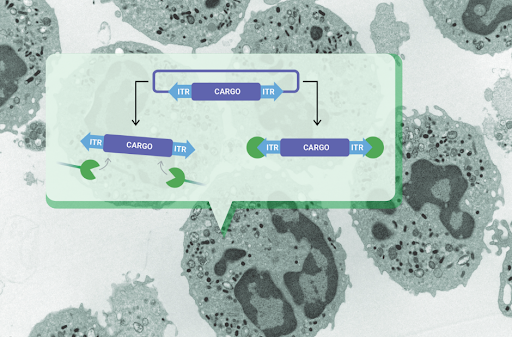
piggyBac Case Study: Generating Full-length NKR-P1 Transfectants
Discover how piggyBac played a critical role in helping researchers build a comprehensive model of NKR-P1-LLT1 interactions to better understand how they function in immune-related diseases and cancer.
Read More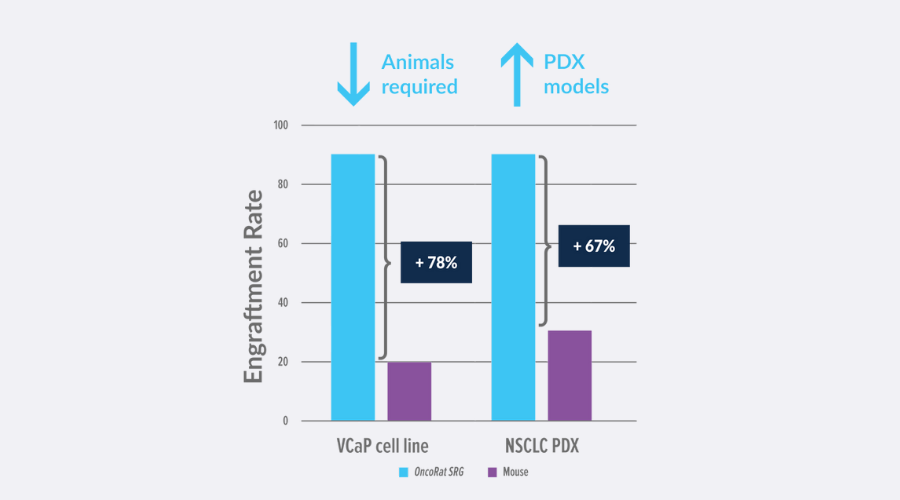
Evolution Of The Rat Model
Rat models for preclinical oncology research have evolved and their functionality for xenograft studies greatly surpasses matched mouse models.
Read MoreOncoRat SRG – Outperforming The Mouse For Xenografts
Data indicating that the OncoRat® is more effective in xenograft studies compared to leading mouse models.
Read MoreImproving Preclinical Anticancer Studies Using Rat Xenograft Model Systems
Read More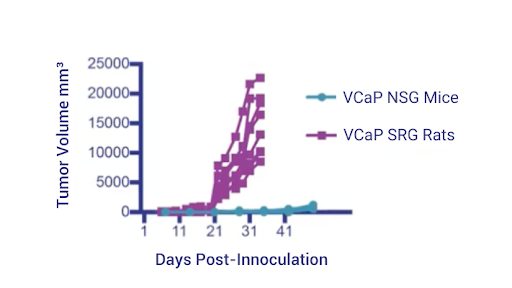
SRG™ Rat (OncoRat®) Enables Precision Medicine-Based Cancer Studies
Review of data showing high efficiency tumor take rates, growth kinetics, and successful precision medicine with difficult cell lines and PDXs
Read More
Cell Line Development
Hera Biolabs's Cas-CLOVER gene editing platform is ideal for CLD. It is easier to use than CRISPR with flexible and clear commercial terms. Send your CLD project to us to accelerate it and unburden your team.
Read More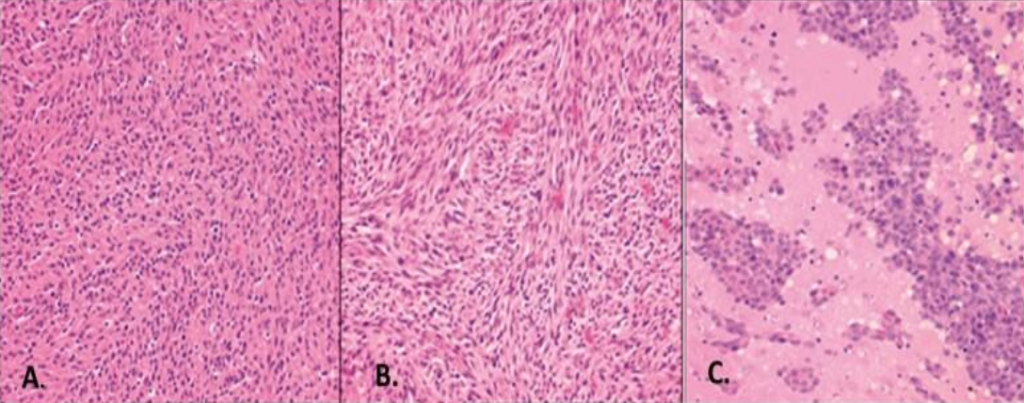
Syngeneic Orthotopic Brain Cancer Xenografts In Rats
Learn how our highly immunocompromised rat model, the SRG Rat™ provides an advantage in orthotopic brain cancer research for better clinical interventions.
Read More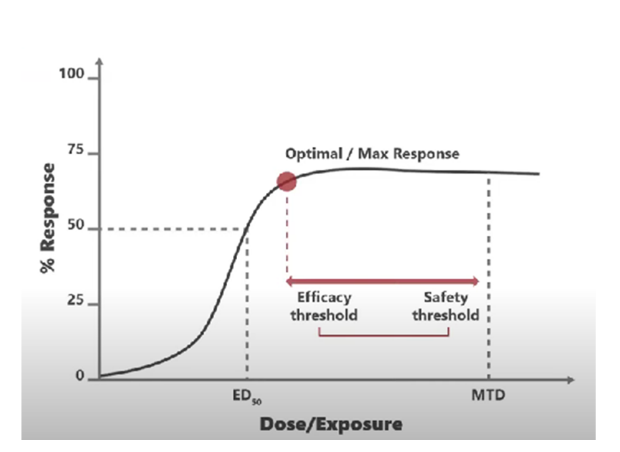
Acute Myeloid Leukemia MOLM13 And Optimus
The US FDA recently released Project Optimus, a guideline impacting clinical pipelines for acute myeloid leukemia therapy. Read our blog for more information.
Read More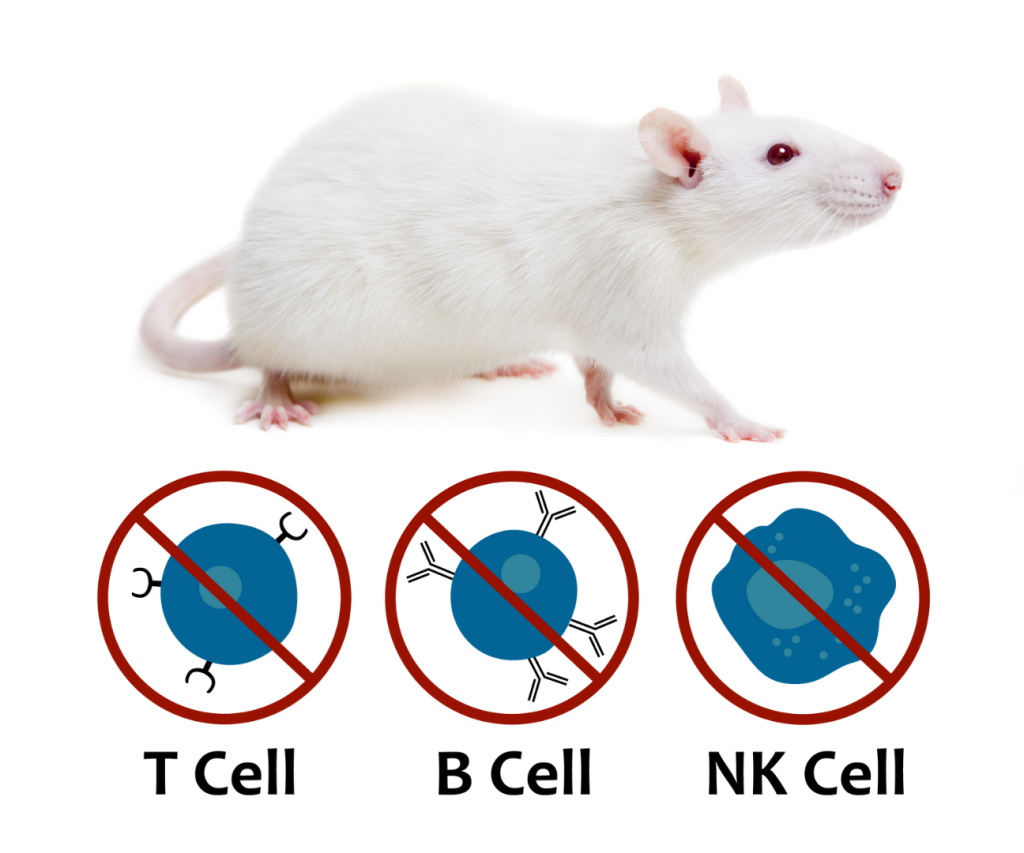
Hera BioLabs Announces Exclusive Global License with Charles River
Hera BioLabs, an innovative service and technology provider with novel genetic engineering products, has announced a collaboration with Charles River Laboratories, International Inc. for a global license agreement to commercialize Hera’s SRG rat (OncoRat®). The SRG rat is the first highly immunocompromised rat model, validated for xenograft studies in oncology and infectious disease research applications.
Read More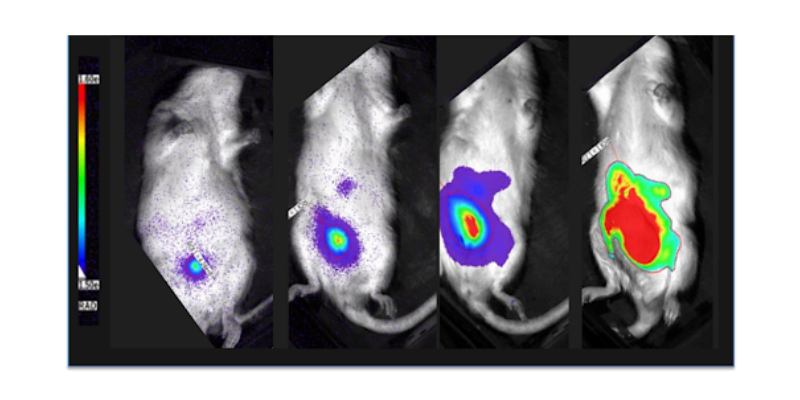
Rapid Creation of Bioluminescent Cell Lines for Orthotopic and Metastatic Rodent Oncology Studies
In vivo bioluminescent imaging in the SRGTM OncoRat® provides an ideal platform for de-risking your pipeline and developing life-saving pharmacotherapies.
Read More
In Vivo Gene Delivery Using piggyBac With Hydrodynamic Tail Vein Injection
Overview and data describing how mutant human KRAS cell lines are highly compatible with our SRG OncoRat animal research model
Read More
In Vivo Gene Delivery Using piggyBac With Hydrodynamic Tail Vein Injection
Read More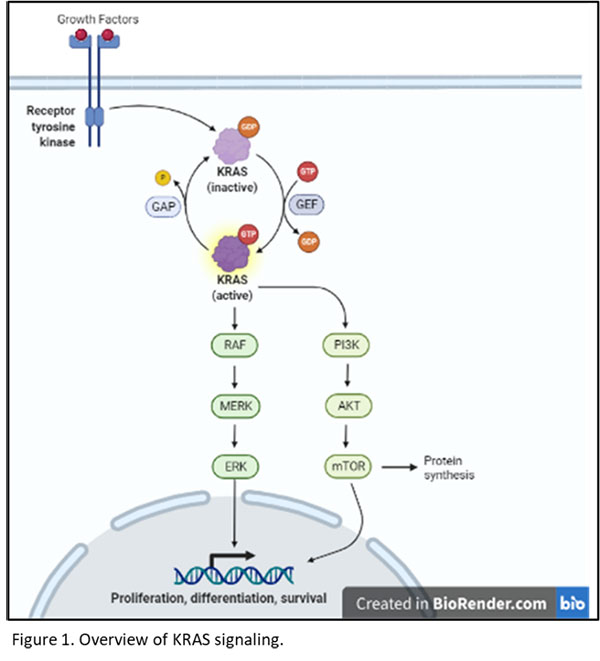
In Vivo Targeting Of Mutant KRAS Using Human Cancer Xenografts In The Immunodeficient SRG OncoRat®
Mutant human KRAS cell lines as xenografts are highly compatible with our SRG OncoRat animal research model
Read More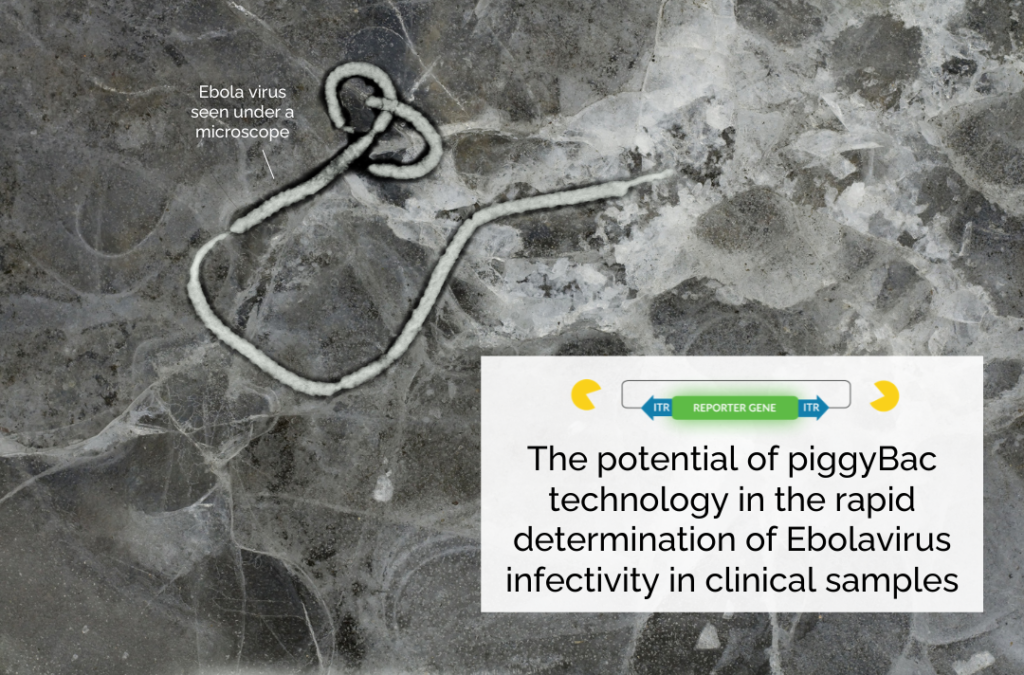
The Potential Of piggyBac Technology In The Rapid Determination Of Ebolavirus Infectivity In Clinical Samples
In this article, we review a recent study regarding the effective use of piggyBac in creating novel cell lines capable of efficiently detecting live ebolavirus.
Read More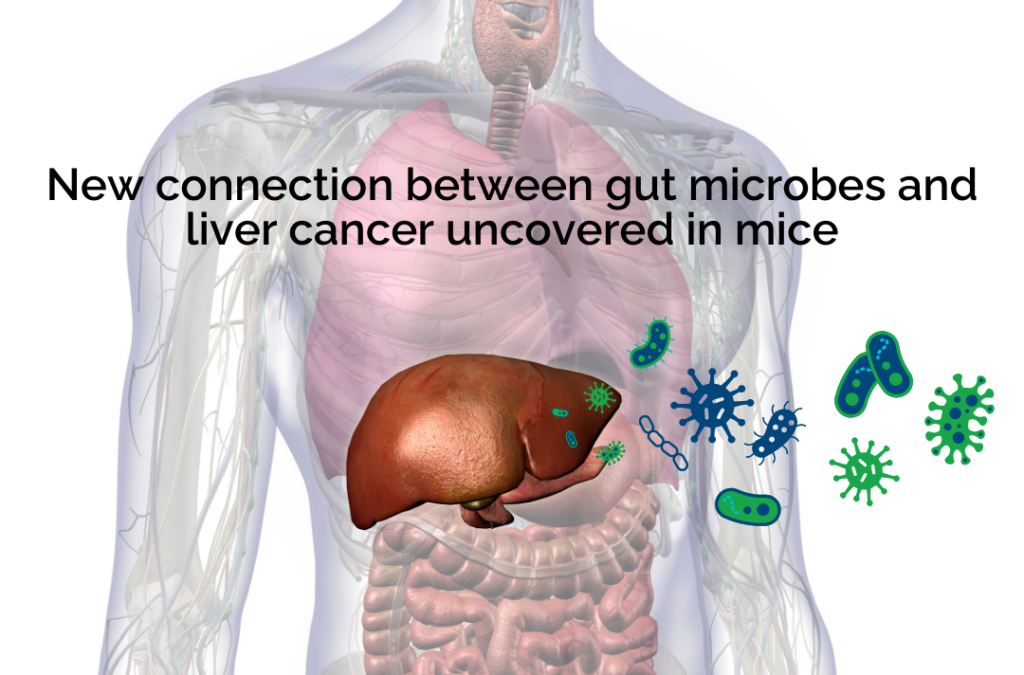
New Connection Between Gut Microbes And Liver Cancer Uncovered In Mice
Researchers uncovered a unique mechanism in which gut microbes have the ability to influence the immune response against nearby liver tumors observed in mice.
Read MoreHera’s Poster For American Association for Cancer Research (AACR) Annual Meeting 2021
Read More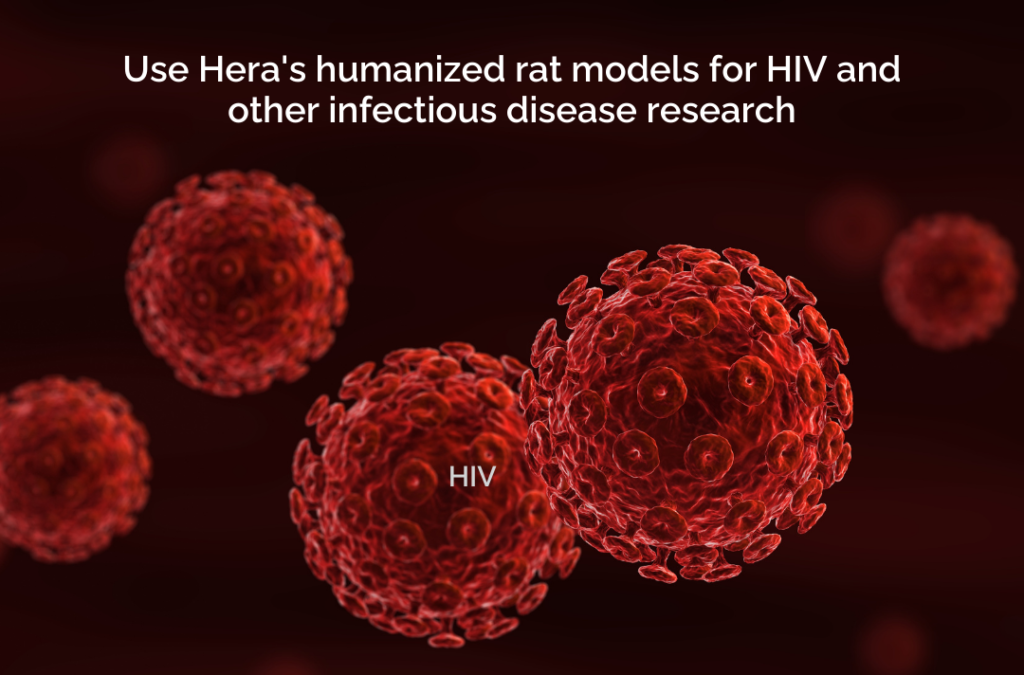
Emerging Trends: Utilizing Humanized Rat Models For Investigating Strategies Against HIV And Associated Pathologies
Utilize the latest advancement in humanized rat models against HIV, just like Hera BioLab's OncoRat platform. Contact us today to learn more information.
Read More2019 AACR: OncoRat SRG: enabling xenografts and humanizing the immune system
Read MoreA 2019 Clinical Cancer Research Paper Review: Improving Preclinical Anticancer Studies Using Rat Xenograft Model Systems
A case study showing that preclinical anticacancer studies can be vastly improved by using rats for xenografts.
Read MoreEffect of Transfecting HepG2 with Human CYP Enzymes on Chemical Toxicity
Read More2018 American Association for Cancer Research (AACR) Annual Meeting poster. The SRG™ rat: A novel SCID rat for humanization studies
Read More2019 AACR-NCI-EORTC International Conference on Molecular Targets and Cancer Therapeutics. A Rag2/Il2rg double-knockout rat supports engraftment of human immune system for immunotherapy-based cancer efficacy studies
Read MoreOvercoming translational barriers by using the SRG Rat: case studies with the OncoRat®
Read More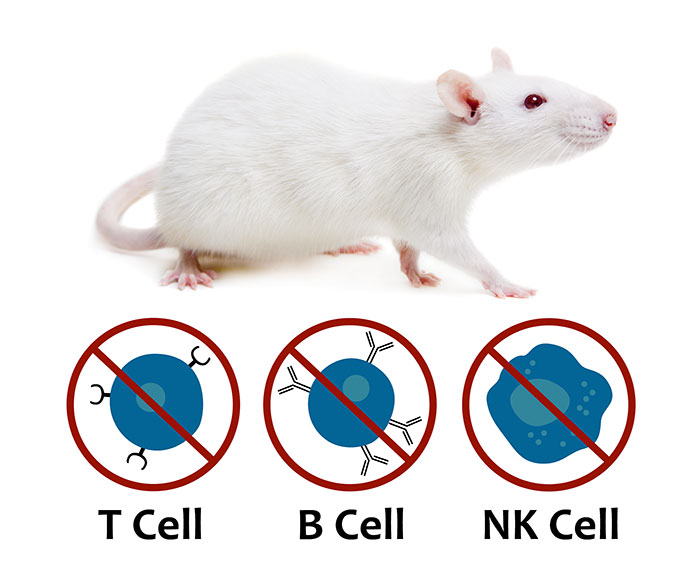
Fine Needle Aspirate Serial Tumor Sampling Services To Boost Your Xenograft Study Capabilities
Hera has full coverage on licensed technologies and is the first toxicology CRO focused on providing better predictability and sensitivity through genome editing technologies.
Read More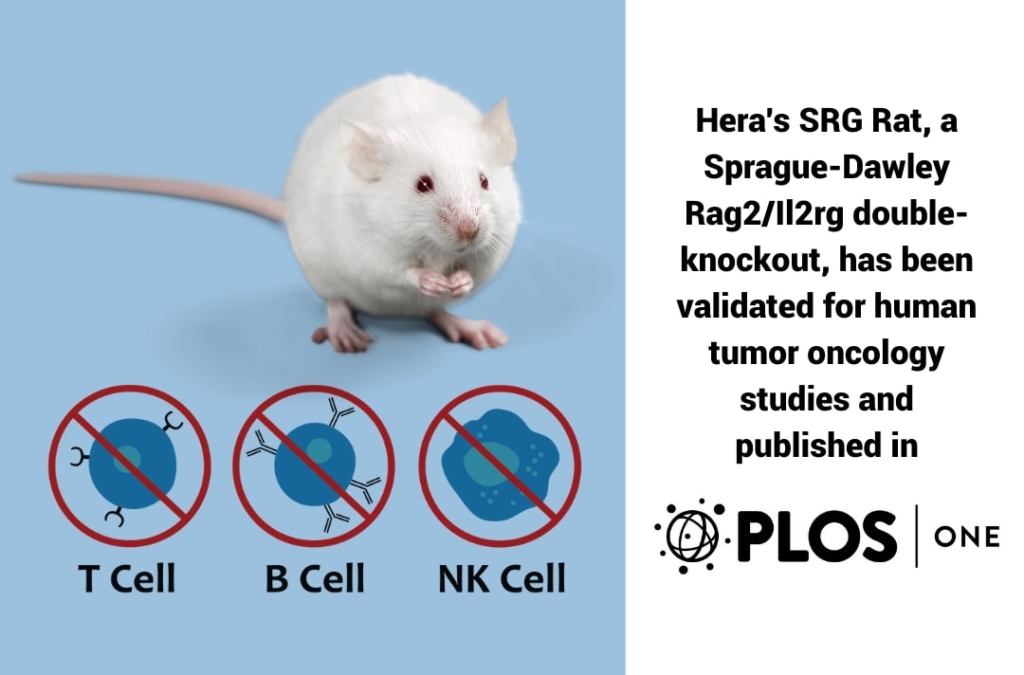
Validation Of The SRG Rat For Human Tumor Studies Published In PLOS ONE
Hera has full coverage on licensed technologies and is the first toxicology CRO focused on providing better predictability and sensitivity through genome editing technologies.
Read More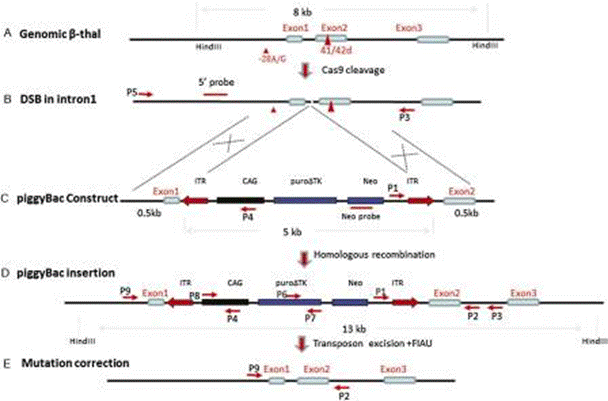
Gene Editing With piggyBac: Creating A Curative Treatment For Beta-Thalassemia
Genetic Engineering Can Soon Lead To Lifelong Cures For Diseases That Were Previously Incurable - And ß-thalassemia Is The Perfect Example.
Read More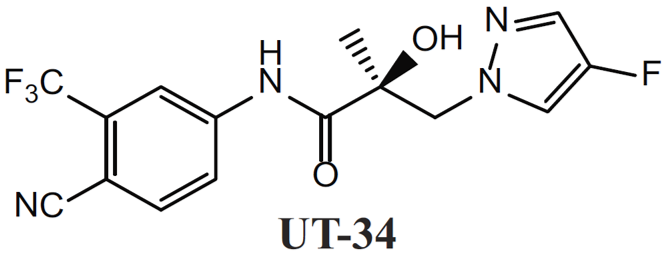
OncoRat® Featured In Clinical Cancer Research For Prostate Cancer Studies
Hera piloted VCaP xenografts, validated/assessed engraftment efficacy, and delivered rat xenograft models for both parental VCaP and MDVR.
Read More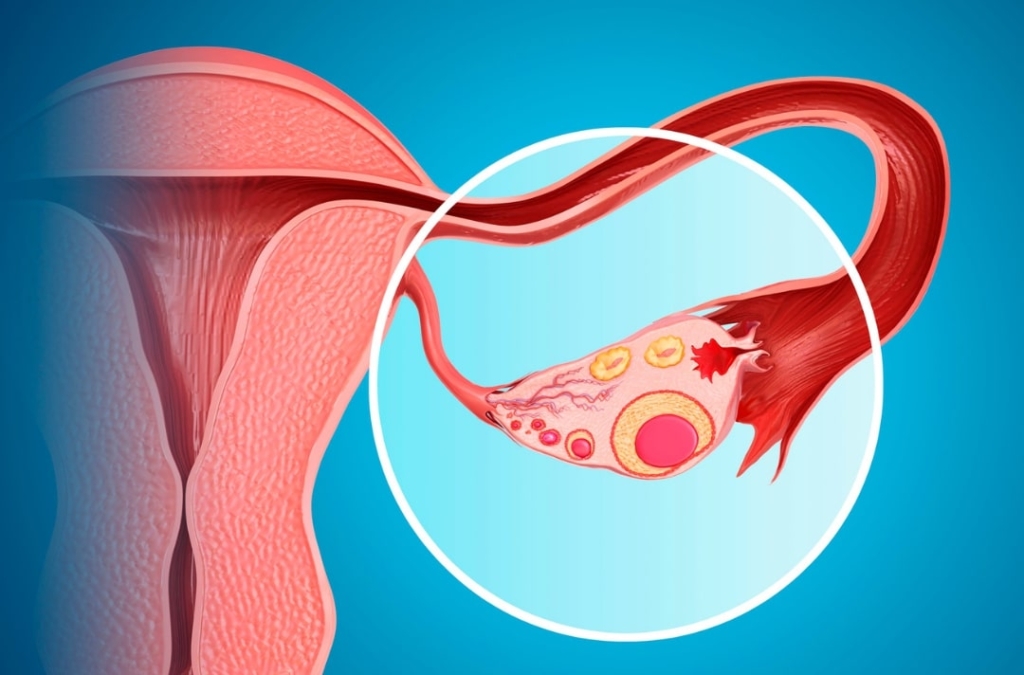
The OncoRat® Is The Ideal Host For Patient-Derived Xenografts Of Ovarian Cancer Cells
Advances in cytotoxic, platinum-based chemotherapeutics combined with tumor resection surgery allows approximately 80% of these patients to achieve remission.
Read More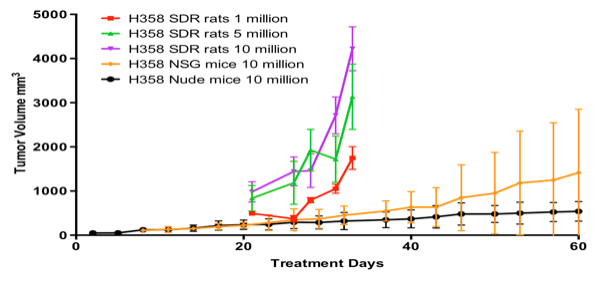
H358 NSCLC Xenografts In Humanized Rats: The Ideal In Vivo Model For Studying KRAS Mutations
Improved in vivo xenograft models using H358 may be valuable for preclinical studies examining KRAS-targeting agents or drug combinations.
Read More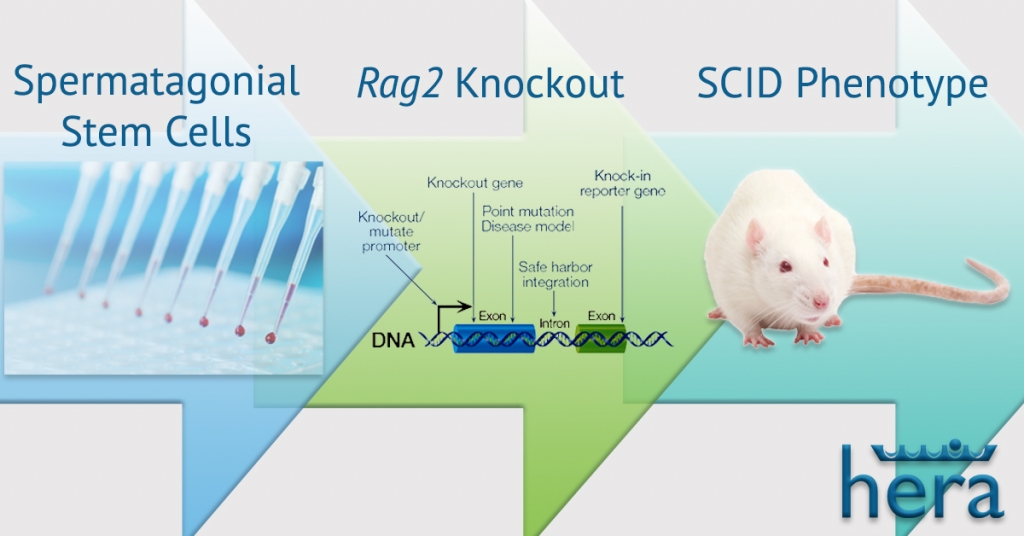
Hera Biolabs Announces Molecular Cancer Therapeutics Publication On Immunodeficient Rats For Oncology Research
Hera Biolabs, the University of Michigan, Case Western Reverse University and other collaborators are announcing a recent publication in the American Association for Cancer Research (AACR) journal, Molecular Cancer Therapeutics, entitled, "Sprague Dawley Rag2-null rats created from engineered spermatogonial stem cells are immunodeficient and permissive to human xenografts."
Read More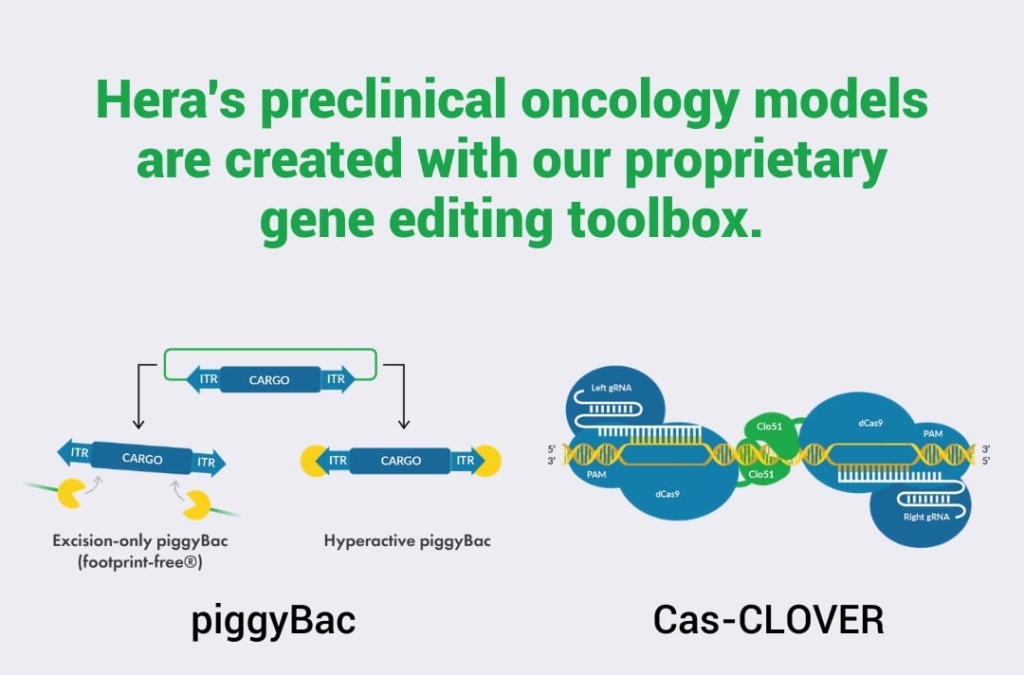
Breakthroughs In Gene Editing Allow For The Creation Of Superior Preclinical Oncology Models
Hera Biolabs has used its proprietary gene editing technologies to develop ideal rat models for use in pre-clinical oncology research by oncology CROs.
Read More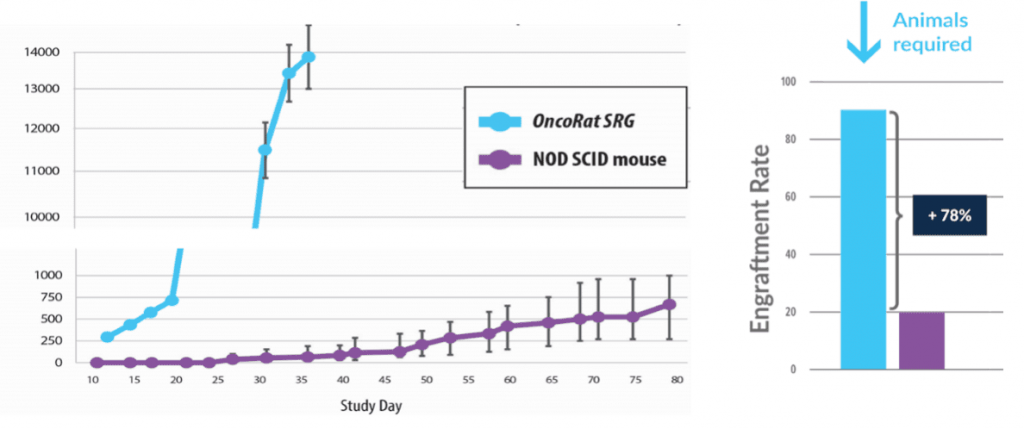
The OncoRat®: Hosting Valuable Tumor Xenograft Models That Are Difficult Or Impossible To Study Using In Vitro Or Mouse Models
Xenograft models are an imperative preclinical model for understanding the role of specific oncogenic drivers, tumor suppressor losses, and homogenous cancer cells.
Read More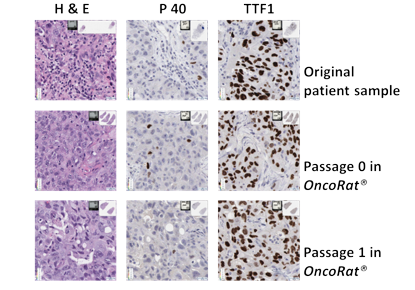
OncoRat® PDX Models Highlighted In Drug Discovery News (DDN) Special Report On Cancer: Aiming For Avatars
While advances in in-vitro platforms have allowed researchers to better visually monitor a variety of aspects of tumor biology, a significant limitation of 3D cultured models for patient therapeutic monitoring or “patient avatars” is the lack of important components, such as the influence of surrounding tissues and potential cell-to-cell interactions, when studying cancer progression, treatment responses and outcomes.
Read MoreUnderstanding Transporter-Mediated Drug-Drug Interactions Using Humanized Liver Mice
Humanized liver mice such as PXB and TK-NOG mice could play an important role in drug discovery and the evaluation of DDIs in a preclinical setting.
Read MoreUsing Patient Derived Xenografts To Improve Therapeutic Cancer Treatments
An understanding of human tumors has created a solid foundation for the creation of new anti-cancer treatments (many of which involve antineoplastic compounds).
Read MoreHumanized Mouse Models Advance Immunotherapeutic Strategies In Treatment Of Type 1 Diabetes
The future holds with regards to the treatment of T1D and this could be a major breakthrough in the understanding of the disease.
Read MoreHumanized Mice Allow For Better Understanding Of Interactions Between VACV & Immune System
“Creating a favorable microenvironment for induction of optimal anti-tumor immune responses” are urgently needed to move the needle forward on VACV-based treatments in a clinical environment.
Read MoreHumanized Mouse Model Allows For Study Of Immune Response To Decellularized ECM Biomaterials
Humanized mouse models will allow for further study of human immune cell responses to biomaterials in an in vivo environment.
Read More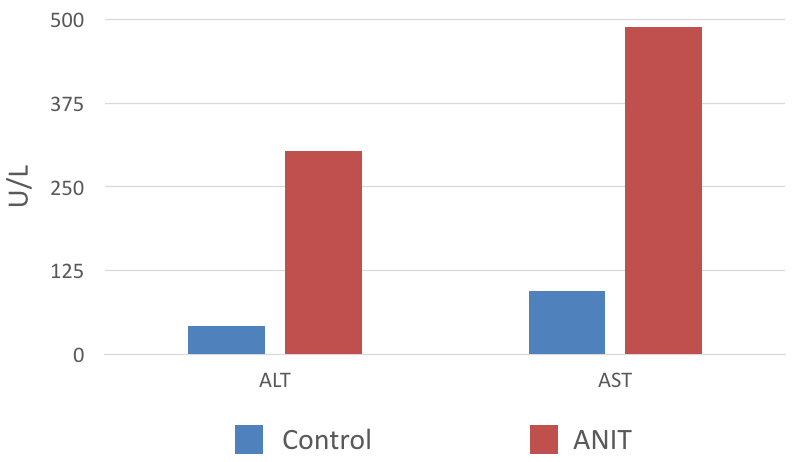
Early Discovery In Rats And Humanized Rodents
We offer a range of preliminary in vivo capabilities as well as the ability to screen compounds in both traditional animal rodent models.
Read MoreHIS Mice Provide New Preclinical Model For Human Skin Immunity
By injecting this model with human antigen-presenting cells (APC) at the treatment site, Centlivre et al were able to invoke an immune response in the HIS mouse.
Read MoreWhat’s Old Is New Again: Chemical Carcinogenesis Models Of Cancer
In vivo chemical carcinogenesis models may just have what it takes for researchers to better understand the necessary pathways to prevent, treat and ultimately cure human cancer.
Read MoreNew Mouse Model Enables In Vivo Assessment Of Immunotherapies For Treating CGD
New humanized NSG mouse xenograft prove research surrounding other human phagocyte deficiencies and in the study of infections frequently associated with human cell transplant procedures.
Read MorePatient Derived Xenografts Possess Significant Advantages In The Study Of Urological Tumors
For researchers to model this complexity ongoing studies involving PDX murine models continuously show advantages when compared to the conventional CDX mice.
Read MoreBacterial Carriers Offer New Hope In The Treatment Of Glioblastoma
The bacterial carrier most definitely opens the door for the creation of some highly targeted therapies that could effectively suppress GBM tumor growth.
Read MoreChimeric Humanized Mouse Models: Understanding Human And Mouse Cell Interactions
A result of the species mismatch between human and mouse cells certain deficiencies are increasingly common.
Read MoreTransposon Mutagenesis Helps Identify Genes Mediating Drug Resistance In The Treatment Of CLL
PiggyBac transposon mutagenesis screens have the ability to help lead the way when it comes to identifying genes that mediate patient sensitivity to specific drug therapies.
Read MorePDX Models of Lung Cancer Closely Mimic Characteristics Of Patient Primary Tumors
High throughput screening strategy, using larger PDX models, may be helpful in identifying broader responses to novel therapeutics in a pre-clinical setting.
Read More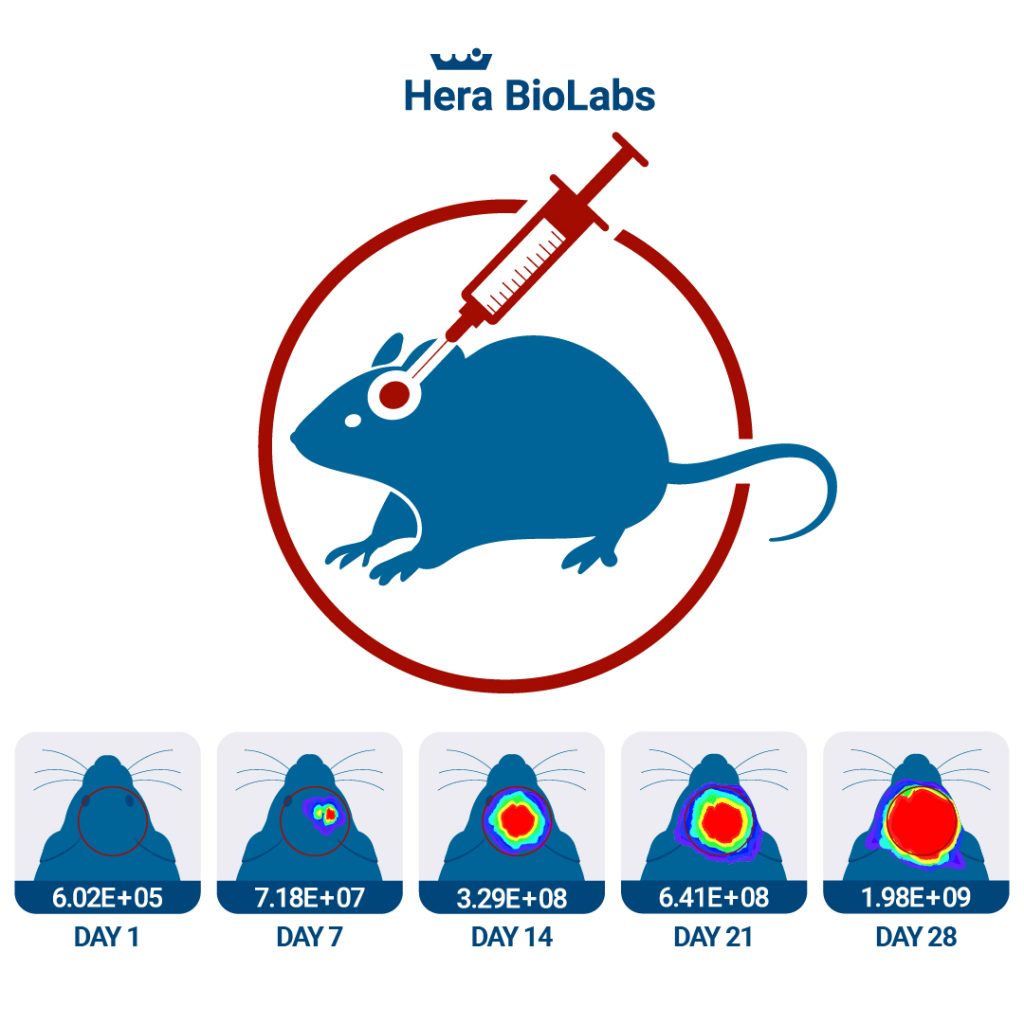
Orthotopic vs. Subcutaneous Xenograft Models of Human Cancer
Orthotopic xenograft models seem to more closely mimic the tumor micro-environment and metastases as observed in human prostate cancer patients according to Journal of Cellular Biochemistry.
Read MoreHIV-1 Gene Therapies Considered: RNAi Versus CRISPR-Cas
As additional in vivo testing in humanized rodent models continues, researchers will develop efficient and safer therapeutic strategies designed to suppress the replication of HIV-1.
Read MoreHumanized Mouse Xenograft Models: The Best Of Both Worlds
Immunized mice allowed for researchers to examine cancer xenograft growth in the context of a human-like immune system and resulting tumor microenvironment.
Read MoreXenograft Rat Models Give Hope To New Therapeutic Treatments For Leukemia
There is significant preclinical rational for clinical investigation of pharmacologic DOT1L inhibitors for DNMT3A-mutant leukemia (AML).
Read More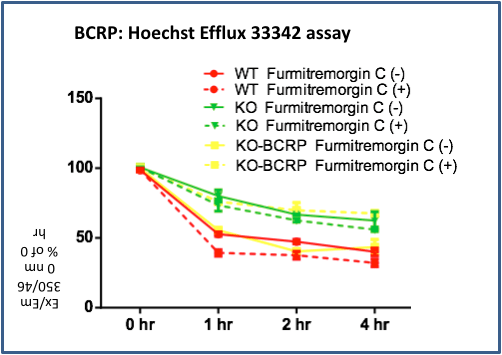
Humanized MDCK Cells – Case Study
Faster & cleaner transporter assays with cPgp/cBcrp double knockout MDCKII cell line, MDCKII-BP-null™ cells, and “humanized” cell lines stably expressing ABCB1 (MDR1) gene encoding hPGP and ABCG2 gene encoding hBCRP
Read More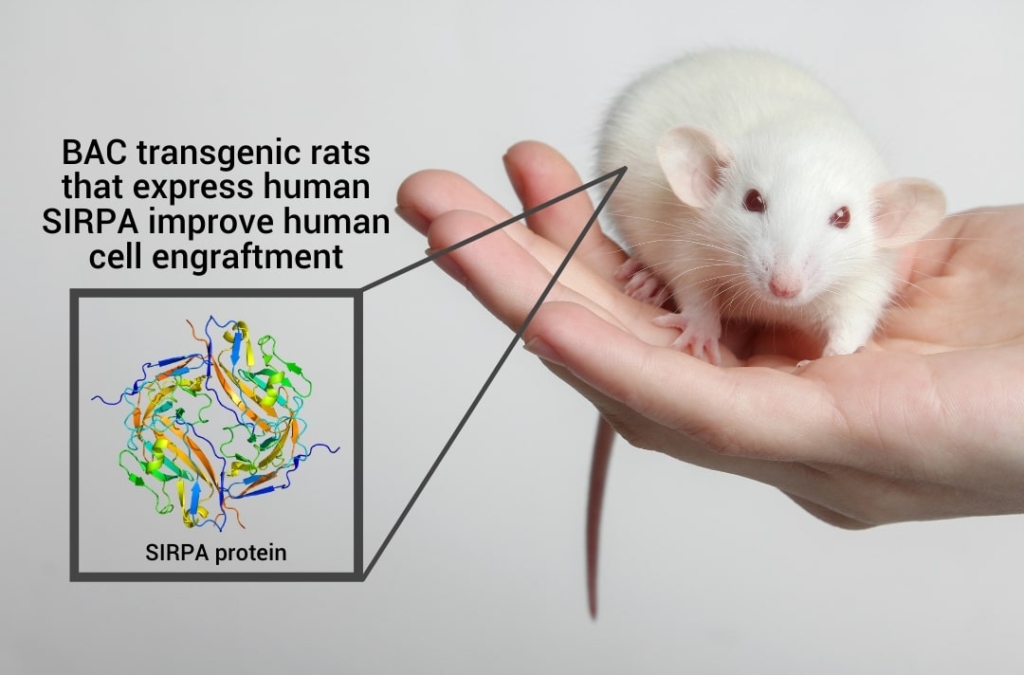
piggyBac Creates Human SIRPA BAC Transgenic Rat Models
Overview of obtaining human SIRPA BAC transgenic rat models for preclinical research using piggyBac transposase/transposon gene editing.
Read MoreHumanized Mouse Models Give Hope To Allergy Research
The newly created BLT humanized mouse model offers tremendous implications for the future of allergy research and gives hope that a rat model with a humanized immune system.
Read MoreHera BioLabs In Genetic Engineering News
Hera BioLabs and our VP of Research and Development Tseten Yeshi was featured this week in the Genetic Engineering News (GEN) article titled Humanizing Animal Models for Immuno-oncology.
Read More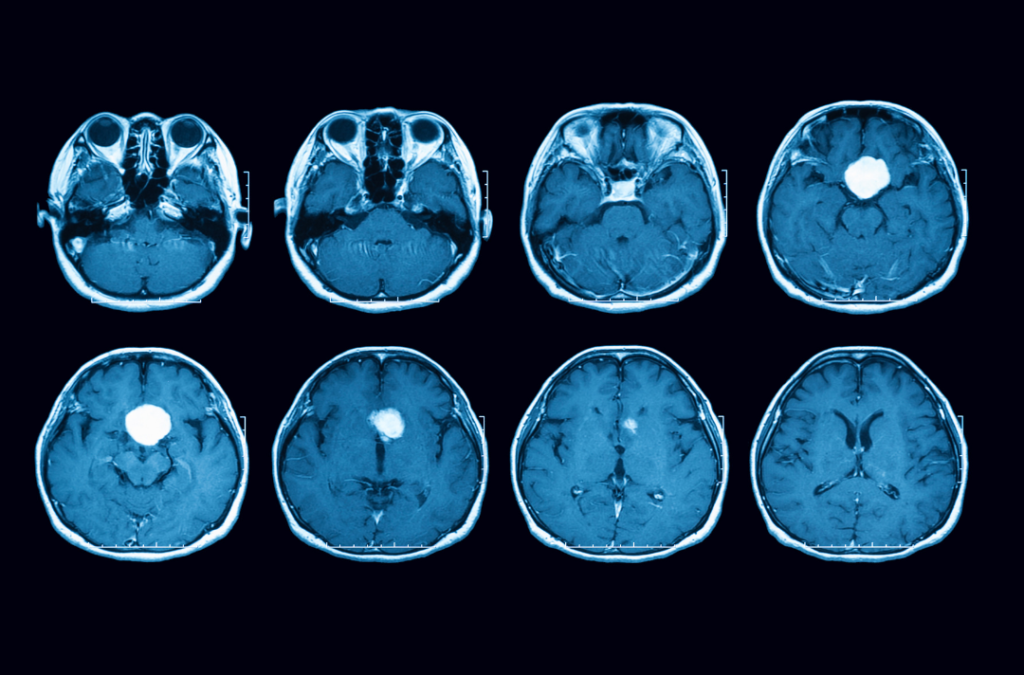
Advancements In Stem Cell-Based Therapies For Malignant Brain Tumors
MSCs, particularly human adipose-derived mesenchymal stem cells (hAMSCs), have great potential as brain tumor-targeting carriers of drug therapies.
Read MoreNew Transgenic Rat Models Offer Superior Representation Of Human Cancers
Utilizing embryonic injection of CRISPR, rodent models with spontaneous gene mutations can be created on most strains, leading to faster transgenic model creation timelines.
Read MoreCould Xenograft Rats Be The Future of Leukemia Research?
In-vivo imaging techniques will be able to monitor and evaluate the efficacy of preclinical therapies with hopes of a cure for leukemia and other cancers.
Read MoreHera BioLabs’ CHO-K1 GS Double Knockout and Advanced Transposase Technology Deliver Higher Expressing Stable Pools for Therapeutic and Diagnostic Applications
Read MoreThe Unmatched Precision of Cas-CLOVER™ Editing Allows Stacking of Error-Free Gene Edits in CHO for Continuous Improvement of Host Genetics
Read MoreThe SRG Rat for combined drug efficacy, pharmacokinetics, and toxicology studies
Read MoreComparative pathology of the immunodeficient SRG Rat for human xenograft and toxicology studies
Read MoreMetastasis from the tumor interior and necrotic core formation are regulated by breast cancer ANGPTL7
Read MoreIn vivo subcutaneous and orthotopic cancer xenograft modeling in the SRG Rat
Read MoreComparative CBC, serum chemistry, and immune phenotype between SRG and CD rats
Read More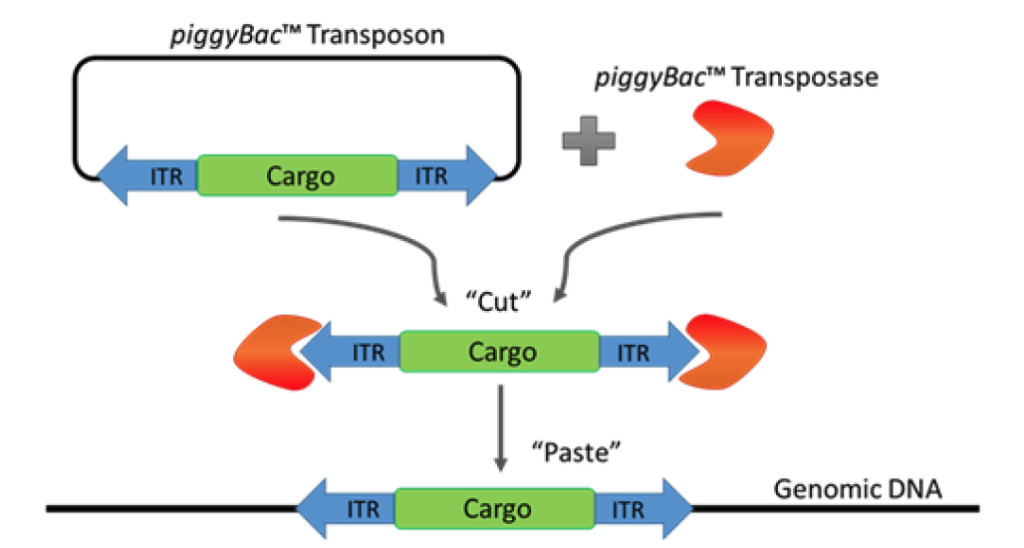
A murine model for chronic liver-specific oligonucleotide efficacy testing
Read MoreTargeting ribonucleotide reductase induces synthetic lethality in PP2A-deficient uterine serous carcinoma
Read MoreIn vivo imaging of ovarian and non-small cell lung cancer models hosted in the SRG Rat
Read MoreThe SRG Rat has enhanced tumor microenvironment in human prostate cancer xenografts
Read More
Androgen receptor gegrader for enzalutamide-resistant prostate cancer
Read More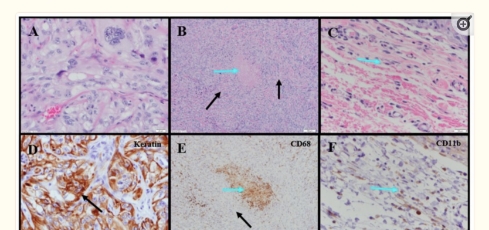
Local injection of submicron particle docetaxel is associated with tumor eradication in uro-oncologic xenografts
Read More
Hera’s talk at Scientist.com on using the SRG rat for the 3Rs
Read More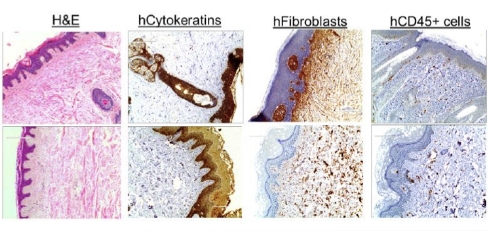
The SRG Rat rat supports engraftment of human immune system for immunotherapy-based studies
Read More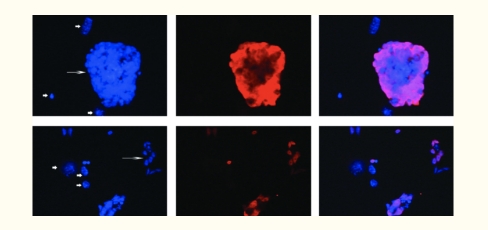
Rag2-null rats are immunodeficient and permissive to human xenografts
Read More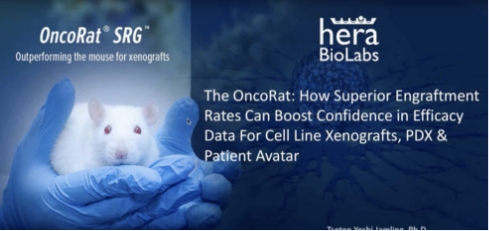
View Our Webinar On The OncoRat For Xenografts And PDX
Read More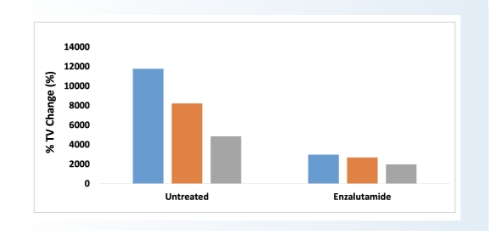
Novel immunodeficient rat models offers a unique platform for drug efficacy studies in human tumor xenografts
Read More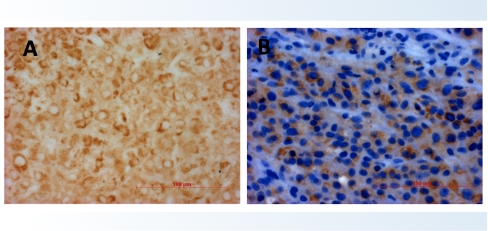
A Novel Immunodeficient Rat for Modeling Human Cancer
Read More